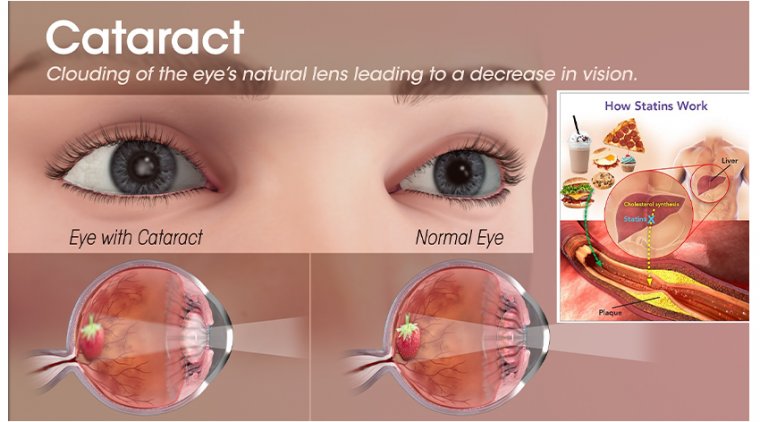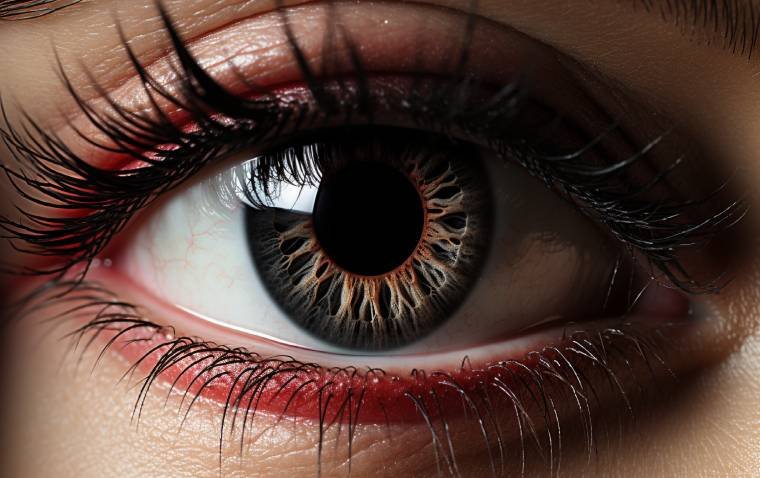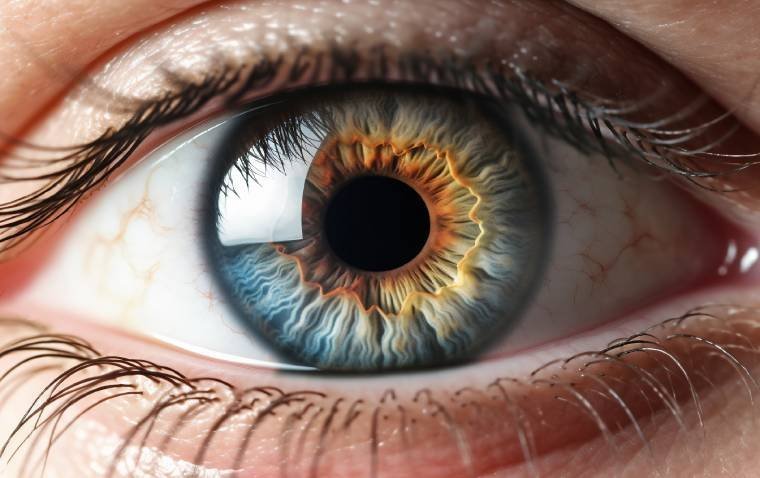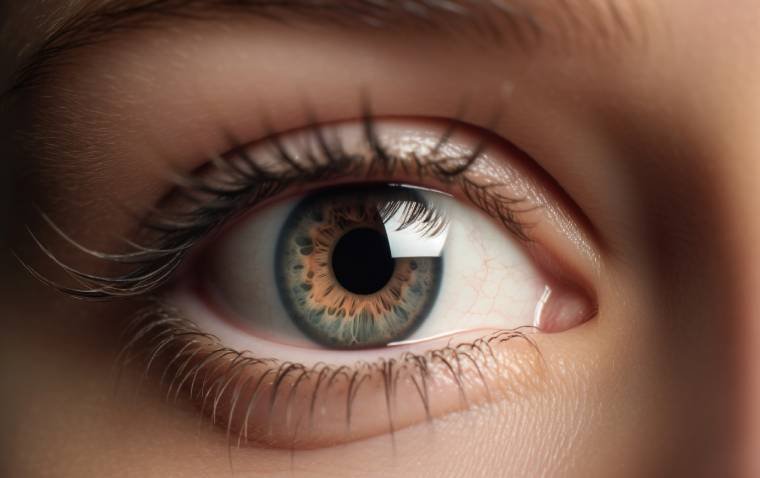
The Effects of Statins on Cataracts
Statins, a class of lipid-altering drugs, have revolutionized the treatment of hypercholesterolemia and are instrumental in both primary and secondary prevention of cardiovascular disease (CVD). As the most commonly prescribed cholesterol-lowering medications, understanding their effects on eye health, particularly concerning cataract development, is vital for healthcare professionals.
Statins work by inhibiting the enzyme 3-hydroxy-3-methylglutaryl-coenzyme A (HMG-CoA) reductase, effectively reducing low-density lipoprotein (LDL) cholesterol levels and lowering the risk of cardiovascular events. Due to their efficacy, statins are prescribed to approximately one-third of individuals over the age of 45 in the United States, with annual costs reaching $35 billion.
Cataracts: The Leading Cause of Vision Loss
Cataracts, characterized by the clouding of the eye's natural lens, remain the leading cause of low vision and blindness worldwide. Risk factors for cataract development include aging, diabetes, smoking, and prolonged exposure to ultraviolet light.
The Statin-Cataract Debate
Early Animal Studies and Concerns
Initial concerns about a potential cataractogenic effect of statins arose from animal studies. High doses of statins such as simvastatin, fluvastatin, and lovastatin were found to induce cataract formation in dogs. As a result, early labeling of statins like lovastatin included recommendations for regular ophthalmic monitoring in patients.
Human Studies and Ongoing Debate
Despite animal data, human studies have produced conflicting results. Some observational studies suggested an increased risk of cataracts with statin use, while others indicated a protective effect. This inconsistency led to ongoing debate within the medical community regarding the relationship between statin therapy and cataract development.
Recent Meta-Analysis: Statins Reduce Cataract Risk
Study Overview
A comprehensive meta-analysis conducted by Dr. John Kostis and colleagues at the Robert Wood Johnson Medical School sought to clarify the impact of statins on cataract risk. Published in the American Journal of Cardiology, the study analyzed data from nearly 2.4 million individuals and identified over 25,000 cases of cataracts.
Key Findings
The meta-analysis revealed that statin use is associated with a statistically significant reduction in the risk of developing cataracts:
• Overall Risk Reduction: Statin users experienced a 20% average reduction in cataract risk compared to non-users.
• Age-Related Effects: Individuals in their forties who used statins had a 50% lower chance of developing cataracts, while those in their seventies saw a 10% reduction.
• Duration of Use: Long-term statin use correlated with greater protective effects. Patients using statins for six months had a 10% lower risk, whereas those on statins for 14 years had a 55% reduction in risk.
Dr. Kostis commented, "Our analysis shows that the protective effect of statins against cataracts is more pronounced in younger patients and with longer use. It is possible that the processes of aging and statin therapy work in parallel or interactively."
Implications for Statin Use and Cataract Prevention
The findings of this meta-analysis suggest that statins may play a beneficial role in eye health, particularly in reducing the risk of cataract formation. For healthcare providers, this evidence supports the continued use of statins not only for cardiovascular benefits but also for potential ocular advantages.
Conclusion
The meta-analysis by Kostis and colleagues provides compelling evidence that statins may offer a protective effect against cataract development, especially in younger patients and with prolonged use. These findings alleviate concerns about the safety of statins concerning cataract risk and reinforce the value of long-term statin therapy.
References:
-
Kostis JB, Dobrzynski JM. A Meta-Analysis of the Effects of Statin Therapy on the Prevention of Cataracts. American Journal of Cardiology, vol. 113, no. 12, 2014, pp. 2037-2043. DOI:10.1016/j.amjcard.2014.03.017
-
American Heart Association. Cholesterol Medications.
-
World Health Organization. Blindness and Vision Impairment.
-
National Eye Institute. Cataracts
(1).jpg)










